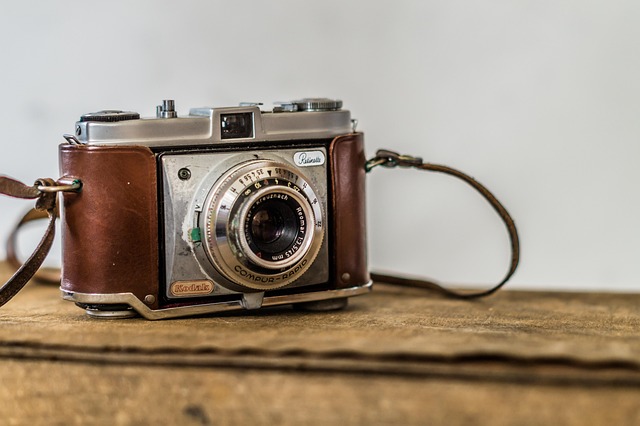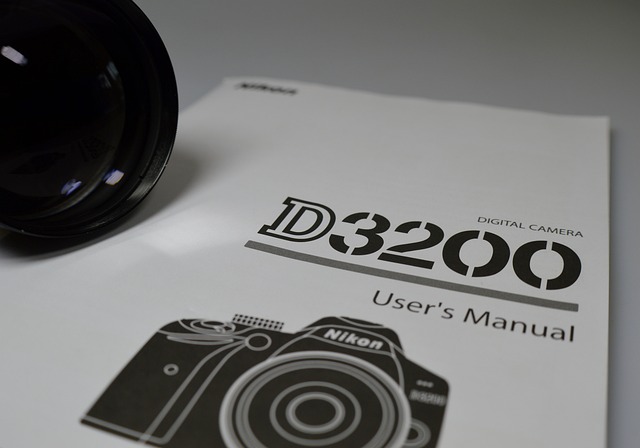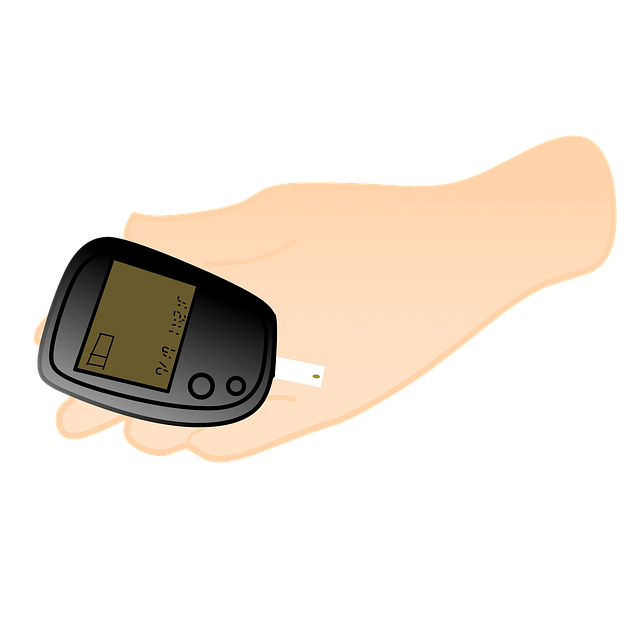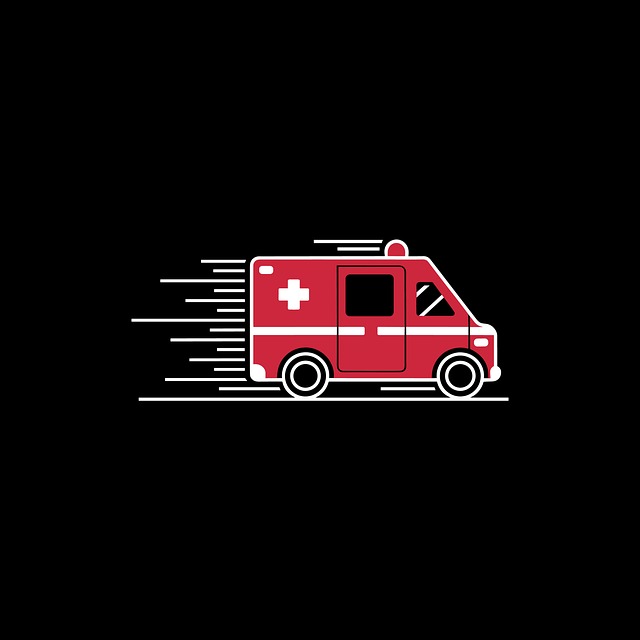In the UK, accurate medical device manual translations are not just legal but critical for patient safety due to potential health risks from misunderstandings. When selecting translation services, prioritize UK-based specialists with expertise in medical terminology and regulatory guidelines like MDR or FDA rules. These providers offer precision, cultural appropriateness, and adherence to standards through qualified translators, rigorous quality control (including native proofreading), term management software, and collaborative subject matter expert consultation. Post-translation review ensures accuracy, formatting, and compliance with UK healthcare norms and regulations, facilitating safe device integration across the country.
Ensuring accurate translations of medical device manuals is paramount for global accessibility and patient safety. This guide delves into the critical steps required to achieve precise translations, catering specifically to the unique challenges posed by medical literature. From choosing reputable language service providers in the UK to handling technical jargon and cultural nuances, we explore best practices that maintain the integrity of instructions for medical devices. By following these strategies, healthcare professionals can rely on translated manuals for effective device utilisation.
- Understanding the Importance of Accurate Medical Device Manual Translation
- Choosing the Right Language Service Provider for Medical Device Manuals
- Ensuring Quality Assurance in Medical Device Manual Translation Process
- Handling Technical Terms and Jargon in Medical Device Literature
- Cultural Considerations in Translating Medical Device User Guides
- Post-Translation Review: Final Checks for Medical Device Manual Accuracy
Understanding the Importance of Accurate Medical Device Manual Translation

Accurate translation is paramount in the medical device industry, especially when it comes to user manuals and documentation. In the UK, where a diverse range of languages is spoken, ensuring clear and precise communication through translation services for Medical Device Manuals UK is not just a legal requirement but also a matter of life and death. Medical devices often have complex instructions, technical terminologies, and safety precautions that must be conveyed accurately to users, regardless of their linguistic background.
Inaccurate translations can lead to dangerous misunderstandings, improper device usage, and potential health risks. Therefore, when selecting translation services for medical device manuals, thorough quality assurance processes are essential. This includes rigorous testing by subject matter experts, native language speakers who understand medical terminology, and a commitment to maintaining the manual’s functionality, layout, and clarity throughout the translation process.
Choosing the Right Language Service Provider for Medical Device Manuals

When it comes to translating medical device manuals, precision is paramount. The right language service provider can ensure accurate and culturally appropriate communication, adhering to industry regulations such as MDR (Medical Device Regulation) in the EU or FDA guidelines in the US. Look for providers with expertise in medical terminology and experience working with regulatory documents.
Choosing a UK-based translation service specialised in medical devices offers several advantages. They will have a deep understanding of both the source language and local healthcare contexts, minimising the risk of errors. Additionally, they can provide services that go beyond simple word-for-word translation, including localisation and cultural adaptation to ensure the manual resonates effectively with its intended audience. This meticulous approach guarantees that medical device users receive clear, consistent information, thereby enhancing patient safety and regulatory compliance.
Ensuring Quality Assurance in Medical Device Manual Translation Process

When translating medical device manuals, accuracy is non-negotiable as it directly impacts patient safety and regulatory compliance. To ensure quality assurance in this critical process, reputable translation services for Medical Device Manuals UK should employ several strategies. First, they must assemble a team of qualified translators with specialized knowledge in medical terminology and device functionality. These translators should also have experience working on similar manuals to understand the document’s unique nuances.
Additionally, implementing rigorous quality control measures is essential. This includes proofreading by native language experts, who verify not just grammatical correctness but also conceptual clarity and consistency throughout the translation. Using specialized software for term management and translation memory can further enhance accuracy by maintaining a consistent terminology database across projects, ensuring that technical terms are translated precisely each time they appear.
Handling Technical Terms and Jargon in Medical Device Literature

When translating medical device manuals, precision is paramount, especially when dealing with technical terms and jargon. Medical literature often contains highly specialized vocabulary that requires a deep understanding of both the source and target languages. In the UK, where healthcare standards are stringent, accurate translation services for medical device manuals are crucial.
Expert translators with medical backgrounds play a vital role in ensuring that complex concepts are conveyed faithfully. They collaborate closely with subject matter experts to define terms accurately and consistently. This collaborative approach involves rigorous research and consultation to grasp the nuances of medical terminology, thus producing manuals that maintain their integrity and effectiveness across languages.
Cultural Considerations in Translating Medical Device User Guides

When translating medical device user guides, cultural considerations are paramount. Different countries have unique healthcare systems and regulatory frameworks, which can significantly impact how information is conveyed and understood. For instance, what’s considered a straightforward instruction in one culture might be misunderstood or require a different approach in another. Therefore, translation services for Medical Device Manuals UK should not only focus on linguistic accuracy but also cultural relevance.
Professional translators with medical expertise and a deep understanding of local cultures are crucial here. They can adapt content to align with regional preferences, ensuring that instructions are clear and safe for users. This involves not just translating words but also conceptualizing the text within the context of the target market’s healthcare practices. By doing so, translation services can deliver manuals that effectively guide users while adhering to local regulations and cultural norms.
Post-Translation Review: Final Checks for Medical Device Manual Accuracy

After the initial translation process, conducting a thorough Post-Translation Review (PTR) is essential to guarantee the accuracy and quality of medical device manuals. This final check involves a meticulous review by language experts who verify every aspect of the translated document—from terminology and syntax to formatting and consistency.
The review team ensures that medical terms are accurately conveyed, preserving the intended meaning for healthcare professionals. They also cross-reference against original source materials, industry standards, and regulatory guidelines specific to the UK market. This rigorous process identifies any discrepancies or ambiguities, ensuring the manual’s compliance with local requirements, thus facilitating seamless device integration into clinical settings across the UK.
Ensuring accurate medical device manuals translations is paramount for effective communication and patient safety. By selecting a reputable translation service (e.g., those offering translation services for medical device manuals UK), implementing robust quality assurance processes, addressing technical terms adeptly, considering cultural nuances, and conducting meticulous post-translation reviews, you can achieve reliable and consistent global accessibility of critical medical device information.
